Welcome to issue 38 of the Call to Comms!
What is the International Day for Disaster Risk Reduction? What is the link between poverty, inequality and natural disasters? Today, we have tried to answer these questions by showing how poverty and inequality are both drivers and consequences of natural disasters.
Also this week: TSF is at Capacity Europe, Israel-Gaza conflict escalation, Afghanistan hit by several quakes, and a new galaxy image from the NASA.
The connection between poverty, inequality and disasters
October 13th marked the International Day for Disaster Reduction. This international day is celebrated each year, to highlight the importance of capacity-building and preparedness, in disaster-prone regions of the world.
This year’s theme explored the connection between disasters and inequalities. As Mami Mizutori, Head of the United Nations Office for Disaster Risk Reduction pointed out:
“The majority of disaster victims are the poorest and those already facing social and economic inequality.”
A vast majority of people affected by natural hazards already live in precarious conditions. 89 percent of the 1.47 billion people who are exposed to flood risks, for example, live in low and middle-income countries. Natural disasters tend to amplify the vulnerability of the poorest communities, and consequently, exacerbate already-existing inequalities.
Now that we've explored the link between poverty, inequality and natural disasters, the question remains: how does capacity building help reduce disaster risk?
Building regional capacity building and disaster preparedness
First, let’s define these terms: Disaster preparedness is a “set of activities done to avoid the negative effects associated with a risk”. Capacity building aims at “providing training to the people who are capable of planning, coordinating, acting and intervening where necessary.”
Capacity building and disaster preparedness are tools used to enhance emergency responders' autonomy in the face of natural disasters. This means that the more local teams are trained, the better prepared they are to mitigate the risks of natural disasters. Improving communities' resilience to disasters is also an effective way of empowering locals by helping them to become self-reliant.
This week’s reads
1 - Israel-Gaza conflict spillover
- UN chief Antonio Guterres called for urgent humanitarian access to the most difficult-to-reach areas in Gaza.
- As the death toll rises rapidly, Guterres reiterated the importance of protecting innocent civilians and humanitarian workers at all stages of the armed conflict.
2 - Afghanistan hit by third earthquake in a week
- A third earthquake struck western Afghanistan on October 15, just a week after two major quakes killed more than 1,000 people in the same area.
- This mountainous region is frequently hit by earthquakes that damage infrastructures and displace large numbers of people.
- Since the Taliban came to power, humanitarian intervention in the country has been very restricted.
3- NASA's Hubble Space Telescope Unveils New Galaxy Image
- NASA's Hubble Space Telescope has captured a striking image of NGC 6951, an intermediate spiral galaxy located 78 million light-years away in the Cepheus constellation.
- This image offers a dreamy view to one of the most inspiring wonders of the night sky.
(Photo: NASA's Hubble Space Telescope, ESA)
Also this week
TSF is currently at Capacity Europe and will be giving a presentation today (Tuesday, October 17) at 3:50 pm, in the Capacity Europe Studio. Looking forward to seeing you there!
See you next week!


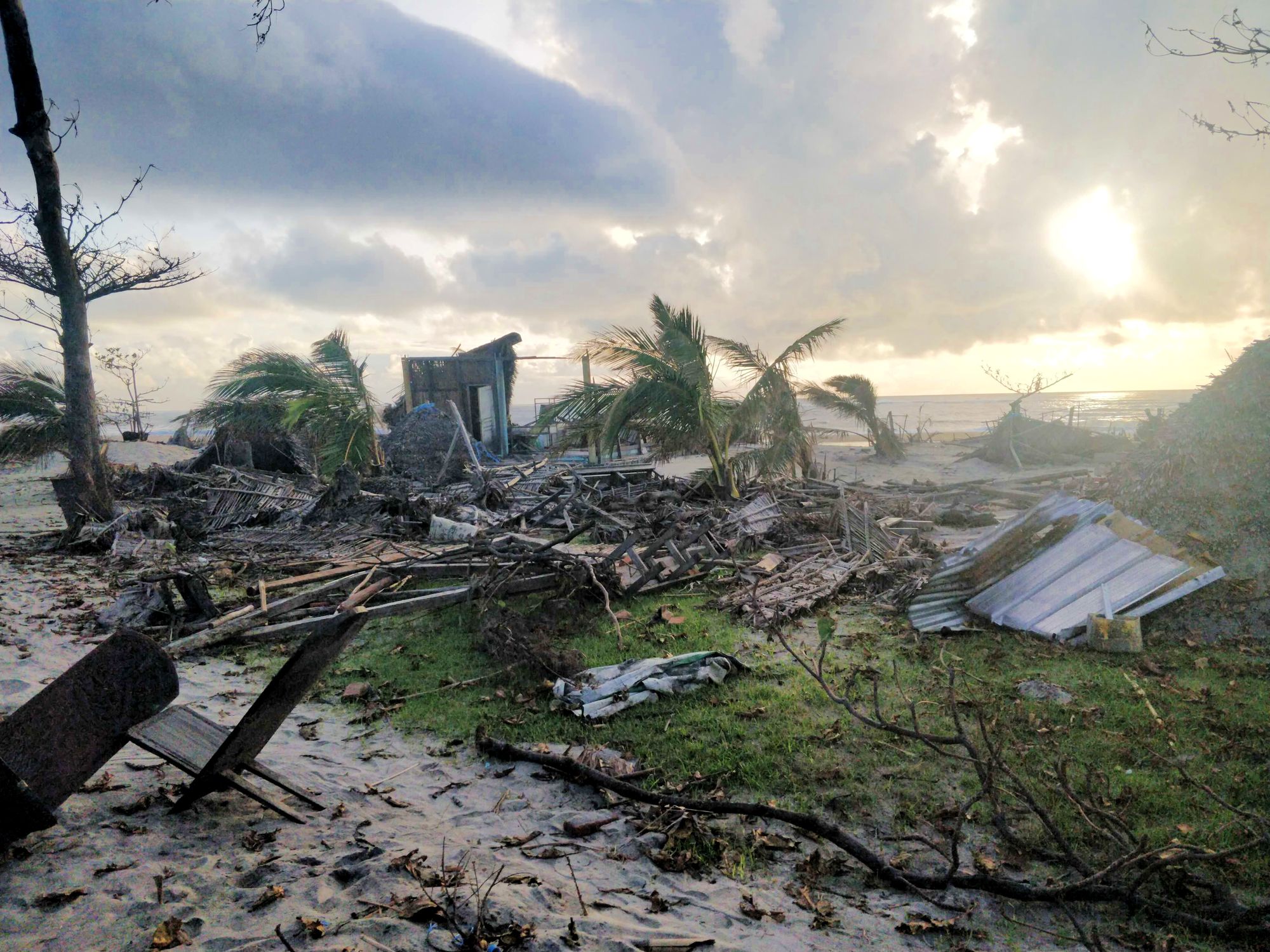
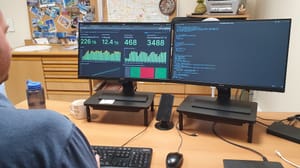
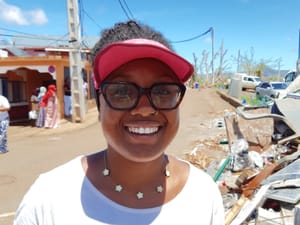
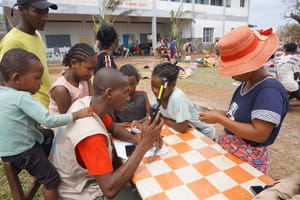

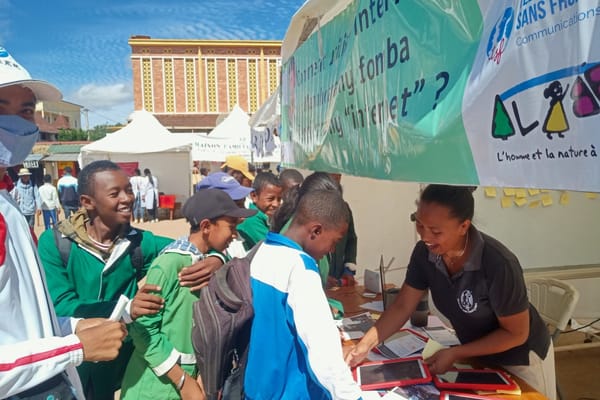
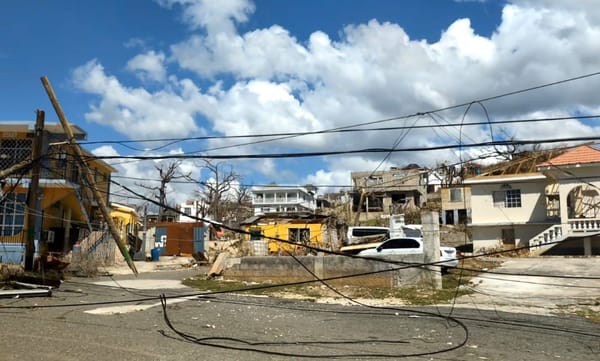

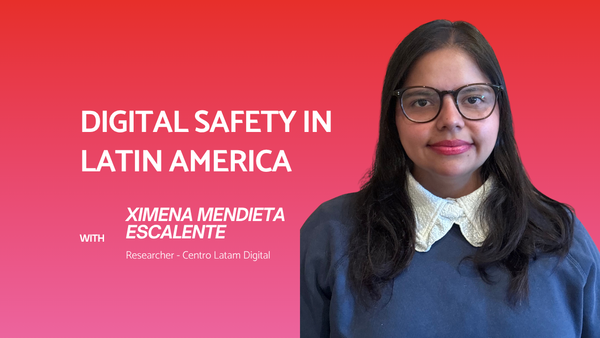
Member discussion